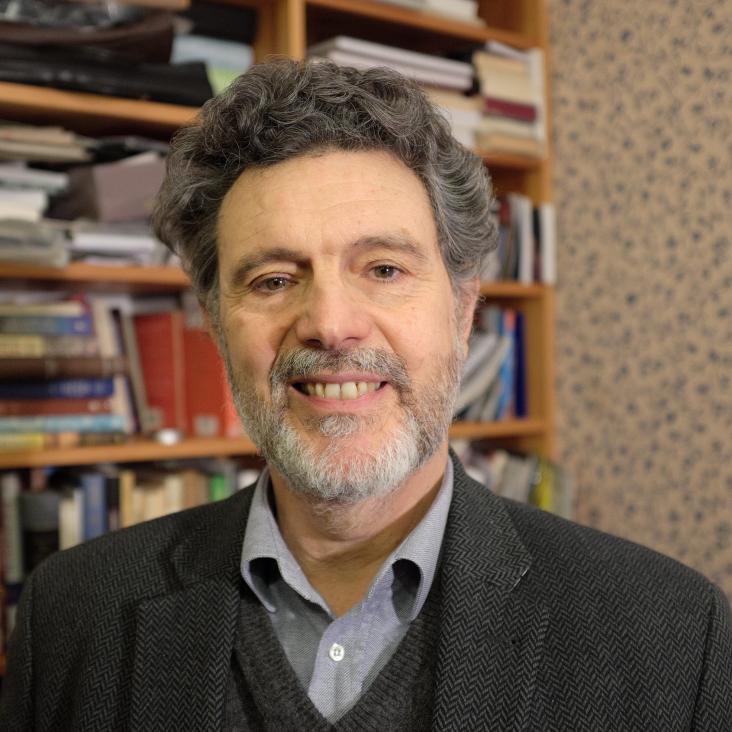Structural study of the proton conductor Cs3 H(SeO4 )2 by high resolution neutron powder diffraction
Materials Science Forum 278-281:PART 2 (1998) 726-731
Abstract:
The strucure of the fast proton conductor Cs3H(SeO4)2 was investigated by high resolution neutron powder diffraction at 5, 300, 400 and 483K. The aim of this study was a precise localization of the hydrogen position and the determination of the hydrogen bond network to get insight into the mechanism of the proton conductivity and the phase transitions.Discovery of a second family of bismuth-oxide-based superconductors
Nature 390:6656 (1997) 148-149
Abstract:
The superconducting oxide BaPb(1-x)Bi(x)O3, discovered in 1975 (ref. 1), is an exotic system having an unusually high transition temperature (T(c)) of ~12K, despite a relatively low density of states at the Fermi level. The subsequent prediction that doping the electronically inactive barium donor sites, instead of the bismuth sites, might induce superconductivity with a higher T(c) led to the discovery in 1988 of superconductivity in the Ba(1-x)K(x)BiO3 system (T(c) ~30 K for x = 0.4). But it remains an open question why many of the superconducting properties of these materials are similar to those of the well-known copper oxide superconductors, despite their pronounced structural differences: the former have a three-dimensional bismuth-oxygen framework, whereas the structures of the latter are predominantly two-dimensional, consisting of copper-oxygen planes. Understanding of the copper oxide superconductors has gained immensely from the study of many different superconducting systems, and so it might be expected that the identification of bismuth oxide superconductors beyond the substituted BaBiO3 compounds will prove to be similarly fruitful. Here we report the synthesis of a second family of superconducting bismuth oxides, based on SrBiO3. We show that partial substitution of potassium or rubidium for strontium induces superconductivity with: T(c) values of ~12 K for Sr(1-x)K(x)BiO3 (x= 0.45-0.6) and ~13K for Sr(1-x)Rb(x)BiO3 (x = 0.5).Hysteresis of the Pressure-Induced Jahn-Teller Switch in Deuterated Ammonium Copper(II) Tutton Salt, (ND(4))(2)[Cu(D(2)O)(6)](SO(4))(2).
Inorg Chem 36:15 (1997) 3382-3385
ChemInform Abstract: Antiferromagnetism, Ferromagnetism, and Phase Separation in the GMR ( Giant Magnetoresistance) System Sr2‐xLa1+xMn2O7.
ChemInform Wiley 28:28 (1997) no-no
Pressure-induced orthorhombic-rhombohedral phase transition in NdNiO3
Physica B: Condensed Matter 234-236 (1997) 15-17



